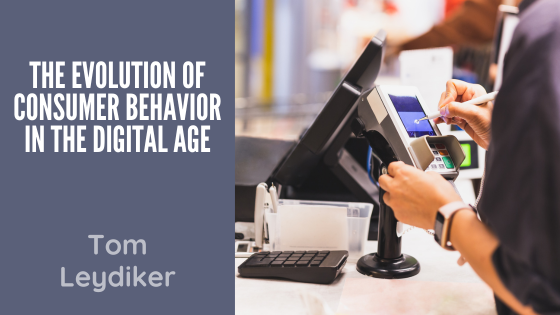The digital era has changed how consumers interact with brands, products, and services. Technology is taking the lead in this evolution, with the increasing number of mobile devices and the expanding reach of the internet. Knowing these changes is paramount for companies aspiring to remain relevant in an ever-changing market scenario.
Shift Towards Online Shopping
The ease and convenience of online shopping have led to significant changes in consumers’ behavior. The advent of e-commerce and social media marketplaces has made shopping possible from anywhere, anytime. This has been hastened by the COVID-19 pandemic, which caused many to switch to online shopping as a safer option than traditional brick-and-mortar stores.
Increased Demand for Personalization
Digital users have high expectations for personalized experiences based on their tastes and behaviors. Digital analytics and artificial intelligence progress enable companies to provide personalized suggestions, tailored ads, and customized content. Such personalization increases customer satisfaction and loyalty, leading to higher conversion rates.
The Ascent of Social Media Influence
Social media platforms have changed how consumers search and interact with brands. Influencers and user-generated content significantly influence what consumers think and buy. Brands that maximize the potential of social media can improve their visibility, reach a more diverse audience, and establish a more relatable and genuine image.
Privacy and security concerns are intensifying.
Growing Concerns Over Privacy and Security
In the digital age, there are also increasing worries about privacy and data safety. Consumers are becoming more aware of the fact that their personal information is valuable. Thus, they are demanding greater transparency and control over how it is used. Companies that emphasize data protection and privacy greatly can get an advantage over the competition by building trust with their customers.
The Demand for Seamless Experiences
Today’s consumers expect seamless experiences across all digital channels and devices. Whether it’s shopping online, using a mobile app, or interacting with a brand on social media, the transition between platforms should be fluid and consistent. To retain customers and encourage repeat business, companies should provide a cohesive omnichannel experience.
The digital age has radically transformed customer behavior, creating both challenges and opportunities for businesses. By understanding these shifts and adapting strategies accordingly, companies can better meet the needs of modern consumers. Embracing technological advancements, prioritizing personalization, engaging effectively on social media, respecting privacy, and ensuring seamless experiences are key to thriving in today’s digital marketplace.

